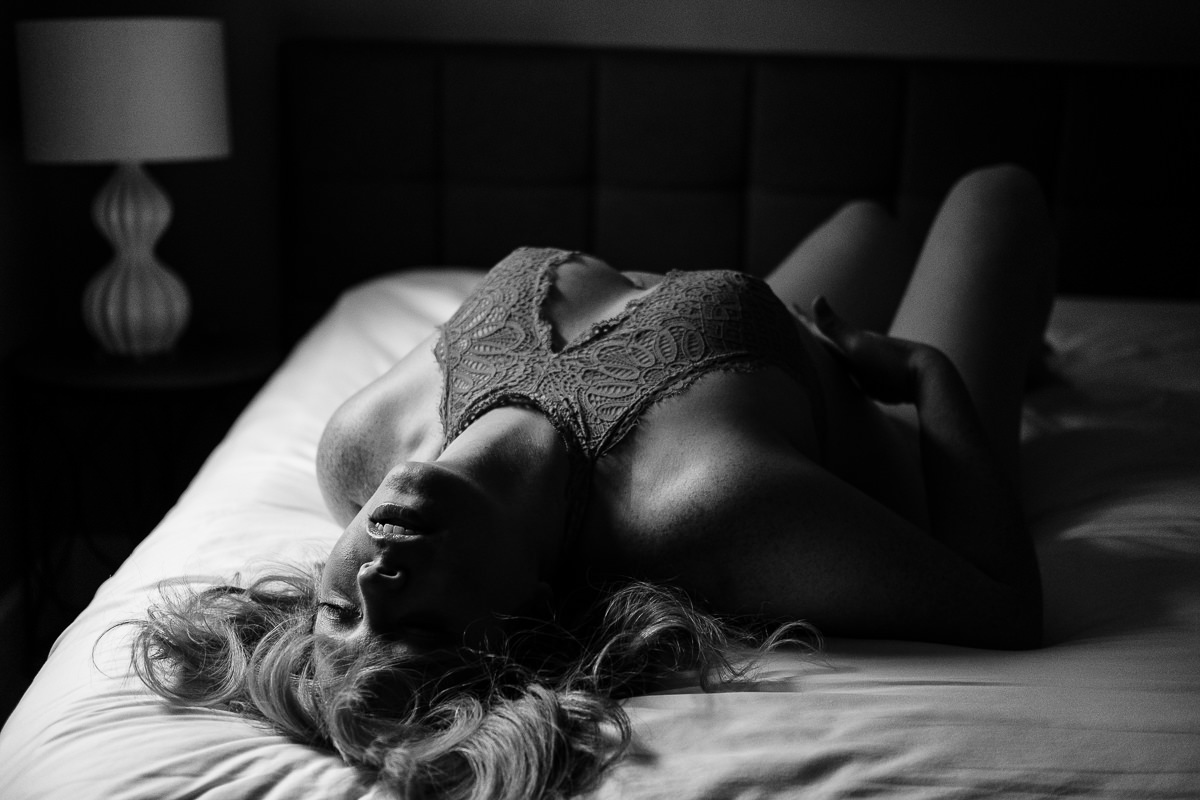Anyone who has been following me for any amount of time knows that I have several old film-era Pentax lenses that I like to use in conjunction with my Fujifilm cameras (currently the X-Pro2). Beyond the Pentax, though I also have some old Olympus glass and at one point had Nikon and Canon FD, which I only bring up to illustrate that I have played around with a lot of old lenses from various manufacturers.
For many, the idea of using manual focus lenses on your Fujifilm X-Series camera is a budget minded one, hoping to save a few bucks vs buying native Fujinon lenses. This is a valid reason to go the manual focus route, though I will say that with Fujifilm’s F/2 WR ‘Fujicron’ series now in circulation the budget argument is much less of a thing except for those with the tightest of budgets. But I would like to discuss another reason for choosing to use manual focus lenses with your Fujifilm camera, and that is the benefit that it will have on your photography from a technical standpoint.
Forcing You to Slow Down
The obvious double-edged sword of manual focus is the speed factor, you simply can’t (without crazy practice and some luck) focus as fast or accurately as today’s AF systems. You may be able to focus somewhat quickly, but you will be rushed and chances are you will not achieve the exact focus you were looking for. On the other side of that, if you slow down to nail focus down exactly where you want it, you will be much slower than an AF lens would have been. So, for those shooting moving subjects, like sports, or jumpy wildlife, manual focus may not be the best option for you in any respect.
But if you are like me, primarily shooting stationary or slow and predictably moving subjects than the benefits of slowing down to get focus really start to shine through. That process of slowing down, it forces you to pay more attention to your image; what is in the frame, and what is not, what is in focus and what is not, is your composition as you would like it to be, etc.
Of course, it is not as if you can’t do these things with an AF lens. But it is easy to just shoot with little thought to any of these things because the camera makes it almost too easy, allowing your brain to sort of wing it and go into autopilot. This isn’t an option when manually focusing, and it forces your brain to be a more active participant in the process.
Manual Focus Doesn’t Have to Mean Old
Sure, the main case for using old manual focus lenses is a budgetary one, but there are plenty of modern manual focus lenses out there that you can get that won’t break the bank. Mitakon, Rokinon/Samyang make some great modern manual focus lenses, many of which you can use without an adapter because they are native X mount lenses. But other brands like Zeiss and Voightlander also make some great manual focus glass that is easily adapted for X-Mount and will give you a great result. This also doesn’t take into account the many OEM (Canon, Nikon, etc) lenses that you could adapt that would be manual focus on your Fuji.
My point is, if you have some hold up about using older lenses there are plenty of modern manual focus options out there for you to take advantage of. As well, if you really just want to stick to Fujinon lenses for some reason, you could always throw those into manual focus mode – though it won’t be quite as nice as using a true manual focus lens, it could be a happy medium for those set on using XF lenses.
Focus Experimentation
When you focus with an AF system you are relying on the camera to get that exact spot you are wanting in focus. While AF systems these days are pretty good about nailing it, or at least getting so close it doesn’t matter, they aren’t perfect and your lens could front or back focus, ruining a shot.
If you manual focus with your Fujifilm camera you can punch in to 100%, turn the focus ring on your lens and see exactly what is in focus on your subject. Be it an eye, the curve of a bum, ring on a finger, etc. Thanks to the help of focus aides like focus peaking it is easy to quickly get the focus of the lens in the neighborhood of where you want it to be before punching into 100% to really dial it in.
This not only allows you to nail exactly the spot you want, but also to experiment a little with exactly where you place your focus.
Personally, I also shoot in low light quite a bit, so sometimes my AF systems struggle to hit focus on the point I am looking for. This can be for a variety of reason, from simply just not being enough light, to no lines/texture for the AF to grab onto, etc. But when I am manually focusing this is no problem, I don’t have to compromise and focus on the nearest point the AF can grab onto, I can dial it in to exactly where I want – regardless of lines/texture/light (within reason of course).
The Challenge
I challenge all of you to play more with manual focus on your Fujifilm setups. If you have some manual focus glass to use, great, if not, just throw your Fujinon lens into MF mode. Pick something to work on (composition, framing, etc) and use the slower shooting process to really hone in on that aspect of your photography.
Your photography skills and imagery will be the better for it – I promise.























